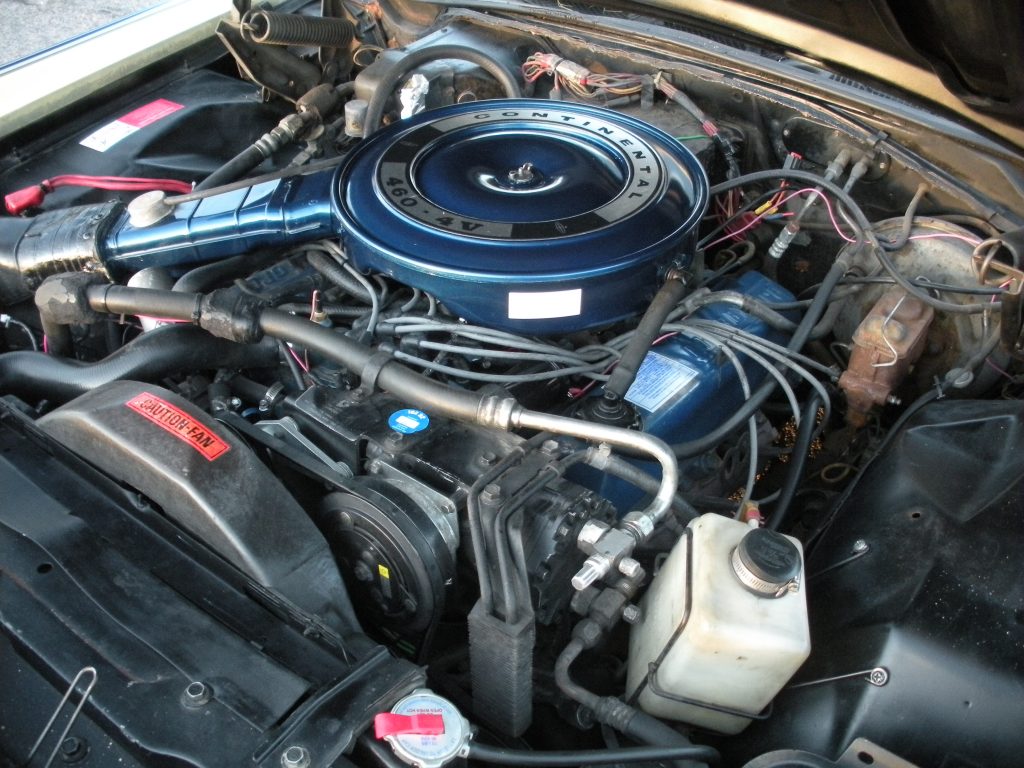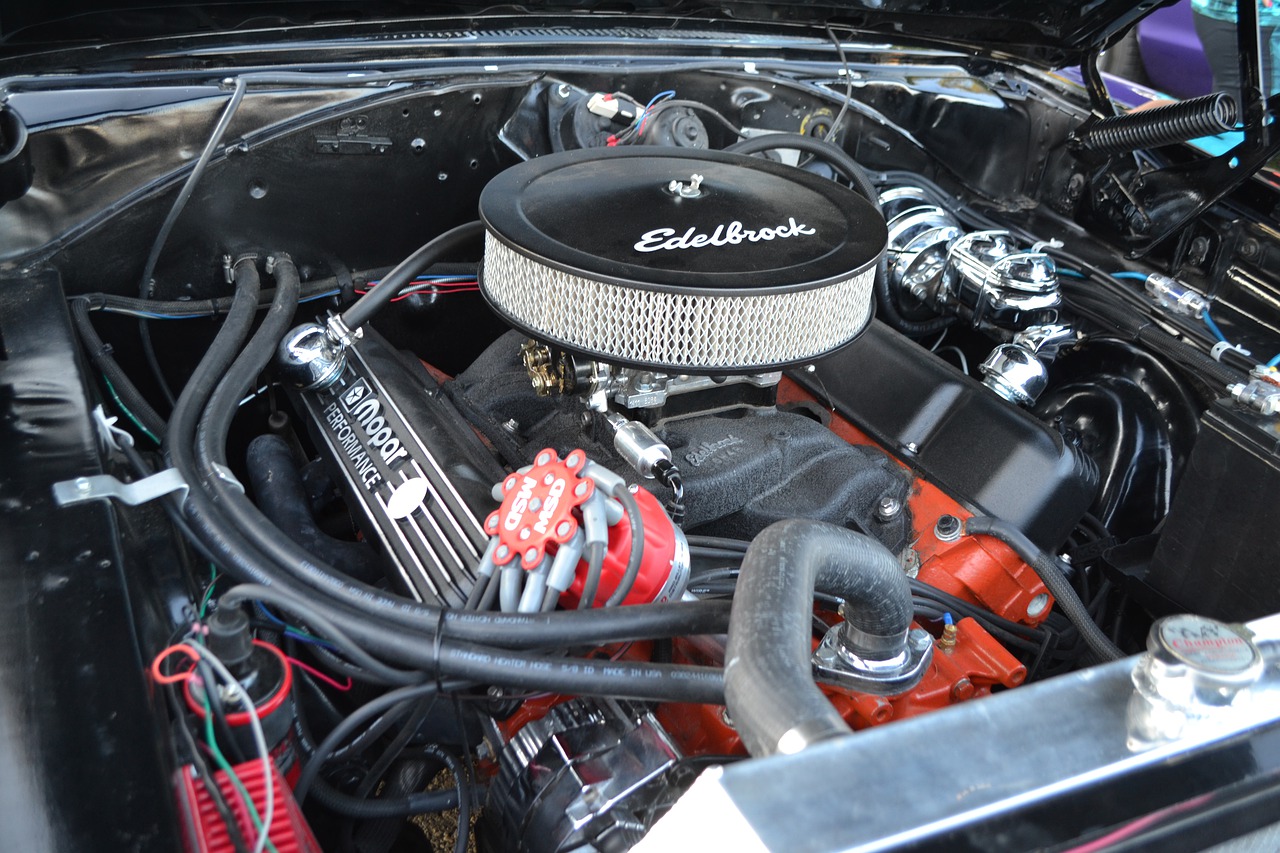Summary
1. Role and usefulness of engine cleaner
2. Principle of engine cleaner application
3. Engine cleaner: the different product lines
4. Engine cleaners: substitute degreasing products
The meticulous maintenance of your car would not be complete if you forgot the engine compartment. Lifting a hood for a potential buyer and discovering a soiled or damaged engine can sometimes be prohibitive. Luckily, there is an engine cleaner to degrease the engine without damaging anything.
1. Role and usefulness of the engine cleaner
The powertrain, i.e., the engine-gearbox assembly, is subject to double fouling:
On the road, impurities entering the engine compartment, consisting of dust, mud, and various projections, is the first type of fouling of the power train.
The 2nd cause of soiling is a leak in the fluids contained in the engine and hydrocarbon projections and stains during maintenance (engine oil, diesel fuel, coolant, gearbox oil, brake fluid, battery sulphuric acid, etc.).
These different characteristics require a versatile and useful product that is also as gentle as possible on the engine’s components, and that’s the role of the engine cleaner-degreaser.
2. Principle of engine cleaner application

The application of the product requires a strict procedure and rigorous implementation :
It is first recommended to protect the engine’s sensitive electrical elements (sensors, ECUs, connections …). It is better to carry out preliminary tests in small quantities on fragile areas (plastics, aluminum, copper …).
The product, which must be of high quality, must then be applied with a compressed air spray gun via a spray bottle or spray container (window cleaner type).
It is necessary to leave the product to act for a few minutes.
-
- Rinse preferably with a high-pressure cleaner, selecting, if possible, a moderate pressure (150 bar max.); a hot water cleaner is ideal.
-
- Dry the engine compartment with compressed air and remove any remaining water pockets to avoid corrosion and seizing (especially injectors in their housing).
Spray a thin film of a protective component over the entire engine type WD40.
Recommendation: it is essential to avoid contact of the product with the bodywork paintwork and certain sensitive materials (anodized alloys, plastic housings, etc.) and protect yourself from possible splashes. If sprayed in the eyes, rinse with plenty of water.
3. Engine cleaner: the different product ranges
Here are the most frequently used motor degreasers.
|
Engine Cleaners |
Packaging |
Average price (price per liter) |
|---|---|---|
|
Norauto Engine Degreaser |
500 ml (spray) |
$12 |
|
Engine Degreaser G27 |
500 ml (spray) |
$35 |
|
Arcane Industrial Engine Degreaser |
5 l (canister) |
$9 |
|
Comus Concentrated Motor Degreaser |
1 l (canister) |
$20 |
4. Homemade engine cleaners: substitute degreasing products
For those who prefer homemade products, here are some basic and economical alternatives:
– Organic products: based on white vinegar, ammonia, and baking soda, with boiling water and concentrated application, this trick can have spectacular effects.
– More unexpectedly, the action of “coca” soda is very aggressive but can give convincing results.
– Some household degreasers are just as effective, such as “oven cleaner” or degreaser for deep fryers ($40 per 10 kg bucket).
– Finally, one method used by cleaning professionals is cryogenic treatment. It consists of a projection of a product based on dry ice (CO²). Its advantages are recognized: no humidity, aggressiveness, or toxicity! The cost of the treatment carried out by a company specialized in cleaning vehicles is around $250.
Please do not forget to share and comment on this post.
You can read more here:
– What Is an Engine Cleaner For?
– Cars-vehicles: Engine Valve Maintenance and Repair

